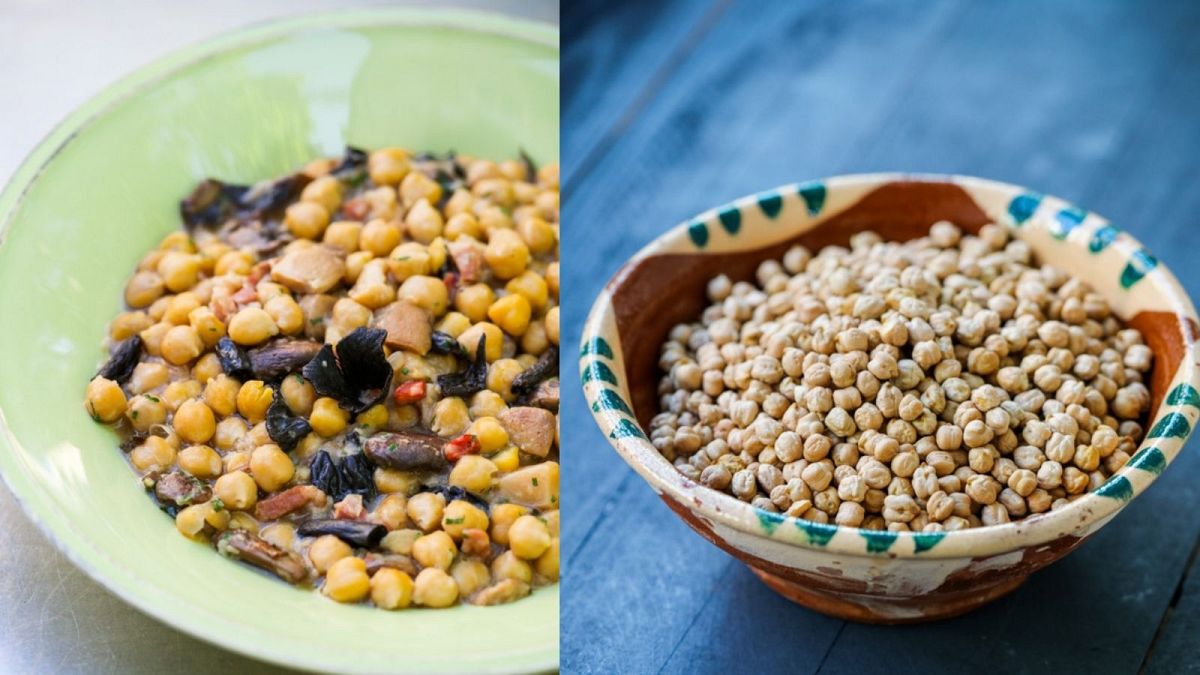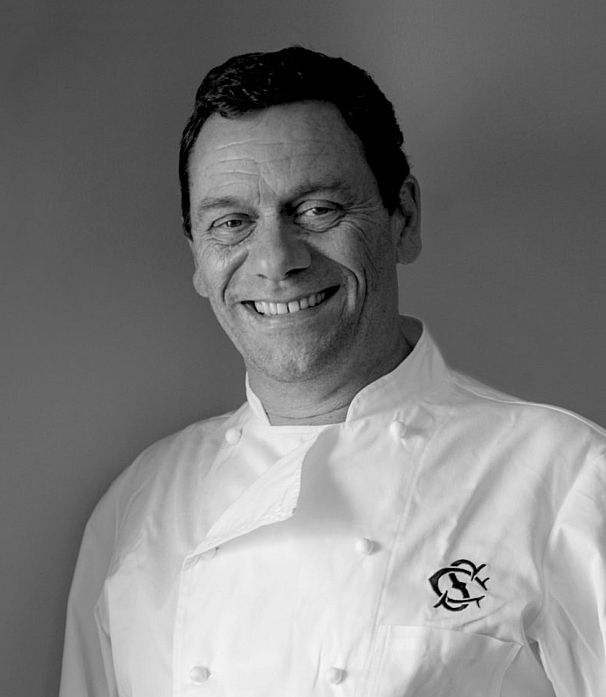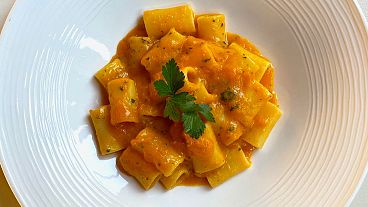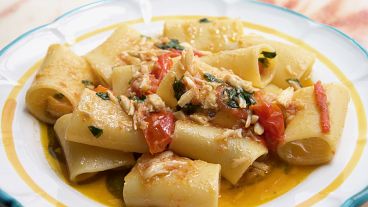The traditional Portuguese stew is rich and delicious, yet easy to prepare and can be prepared all year-round.
Renowned Portuguese Chef Miguel Castro e Silva shares with The Kitchen his recipe for Ensopado de Grâo e Cogumelos de Campo (Chickpeas and wild mushrooms stew).
Portuguese cuisine, Chef Castro e Silva explains, is far from being pompous, and it is rather a cuisine of the terroir: rural, rustic, and with grain is one of its stars.
The stew is rich in protein, minerals, vitamins, folic acid, calcium, iron and magnesium, and as if these attributes were not enough, the grain also has tryptophan, which is used to produce serotonin, a chemical substance in the body that induces a feeling of well-being.
Ensopado de Grâo e Cogumelos de Campo (Chickpeas and wild mushrooms stew)
Serves: 2
Cooking time: 45 minutes + soaking time
Ingredients
For the chickpeas
- 250 g of dried chickpeas (garbanzo beans)
- 1 bay leaf
- 1 onion
- 1 clove
For the stew
- 1 large onion, peeled and chopped
- 100 g bacon, diced
- 100 g boletus mushrooms, diced
- 50 g trumpet mushrooms
- 100 g oyster mushrooms, laminated
- 1 slice of rustic dry bread, diced (2 days old is ideal)
- Parsley, chopped (to taste)
- Extra virgin olive oil Q.B (Q.B means Quanto Basta which literally translates into “how much is enough”, it means whatever you think is the right quantity.)
Tip: Mushrooms, when out of season, can be used frozen or dehydrated. The latter is perhaps the best option to preserve flavour.
Method
For the chickpeas
- Soak the chickpeas in water for 10 to 12 hours, or simply overnight. This will soften them, and result in a much quicker cooking time for the stew.
- Once the time has elapsed, discard the water and drain them.
- Now cook them. Fill a large pot with abundant water and add the softened chickpeas, salt, a bay leaf, the onion with a clove stuck in it, and some black peppercorns. Set the stove on medium heat and cook for 30 minutes, enough for the grain to get an "al dente" texture.
For the stew
- In a different pot, sweat the onion with the bacon in some olive oil. Once brown and translucent, add the mushrooms (boletus, trumpet and oyster mushrooms) and cook for about 4 minutes.
- Now add the cooked chickpeas and some of the water in which they were cooked, add the dried bread for texture and stir. Finish with the chopped parsley.
- The stew can be enjoyed on its own or as an accompaniment with roasted meat.
Wine pairing: Any red blend from Quinta de Ventozelo
About the chef:
Miguel Castro e Silva runs the kitchen at both Casario, a Porto-based restaurant exploring Portuguese gastronomy and Port and Douro wine; and at Quinta de Ventozelo, a beautiful farm up the Douro River which focuses on the regional gastronomy of the Douro and Trás-os-Montes. Quinta de Ventozelo was recently lauded as one of the three best hotels in the world for gastronomic getaways by the National Geographic Traveller. Castro e Silva is also the Executive chef at Restaurante Decastro Gaia, located in Vila Nova de Gaia.
He recently published a book called Na Cozinha de Miguel Castro e Silva which takes a new look at 48 fundamental ingredients in Portuguese cuisine. This recipe is one of the featured ones in the book.
The history of the dish
When the chef presented this stew in France a few years ago, the first reaction was one of incomprehension. Crowds were taken by surprise by the improbable union between fancy fungus and the ordinary grain. But they would come to like it.
What is most present in this dish is the historical resourcefulness of the poor. Mushrooms were caught in the compost, and the grain seeds were always there. The addition of onions, parsley, olive oil, bread and bacon transformed it into a delicacy.




